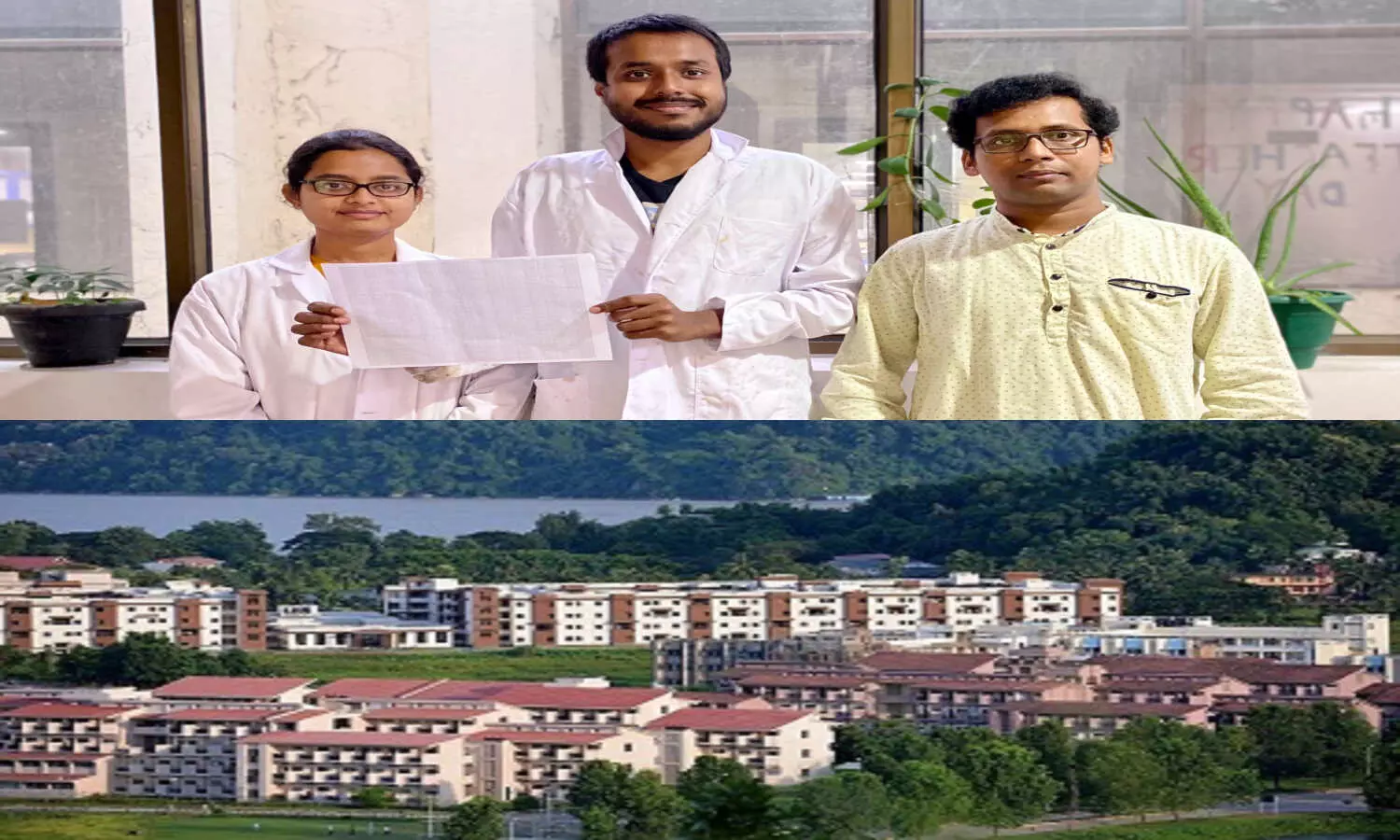IIT Guwahati researchers develop novel method to harvest drinking water from air
By Newsmeter Network
Guwahati: Researchers at the Indian Institute of Technology (IIT) Guwahati have developed an inexpensive method for harvesting water from water vapour or fog droplets in the air. As more than 50 per cent of India's population has no access to safe drinking water and about 2,00,000 people die every year due to lack of access to safe water, this can potentially alleviate water scarcity issues in the country.
A research team led by Dr. Uttam Manna, an associate professor of IIT Guwahati's Chemistry department and the Centre of Nanotechnology, along with research scholars Kousik Maji, Avijit Das, and Manideepa Dhar, published the results of the path-breaking work in the prestigious journal the Royal Society of Chemistry.
There have been attempts to collect and conserve water through non-traditional means to solve the increasing water scarcity problem across the world. Scientists have turned to nature to design ways of water harvesting. For example, in regions of the world with naturally scanty rainfall, plants and insects have devised ingenious strategies to pull and collect water out of air. Mimicking this, scientists worldwide are trying to build technologies that can pull water from thin air.
"Such water-harvesting techniques use the concept of hydrophobicity or water-repelling nature of some materials," explained Dr. Manna. The concept of hydrophobicity can be understood by looking at the lotus leaf. The lotus leaf is water repellent because there is a layer of trapped air between the leaf surface and the water droplet, which causes the droplet to slide off the leaf.
However, simple hydrophobicity such as this is unsuitable for water harvesting from highly humid environments because high moisture content can displace the trapped air and cause permanent damage. Instead, researchers mimic the pitcher plant, an 'insect-eating' plant, that has a slippery surface that causes insects that land on it to fall into its tube-shaped structure, to be digested. In the past, geometries of rice leaves and cacti are associated with 'Slippery Liquid-Infused Porous Surface(s)' or SLIPS to improve the water harvesting performance.
The research team from IIT Guwahati has used the concept of chemically-patterned SLIPS for the first time to effectively harvest water from moist air. The researchers produced a patterned hydrophilic SLIP by spraying a sponge-like porous polymeric material on top of a simple A4 printer paper. Further, chemically-modulated hydrophilic spots were associated on the coating prior to lubricating with two distinct types of oils – natural olive oil and synthetic krytox. This surface could harvest water from foggy/water vapour laden air without the need for any cooling arrangement.
"We have produced a highly efficient water harvesting interface where the fog collecting rate is as high as 4400±190 mg/cm2/h," said Dr. Manna. The researchers have also compared the performance of their pitcher-plant inspired SLIPS materials to other bio-inspired ideas and have found theirs to be superior in terms of efficiency of water harvesting.